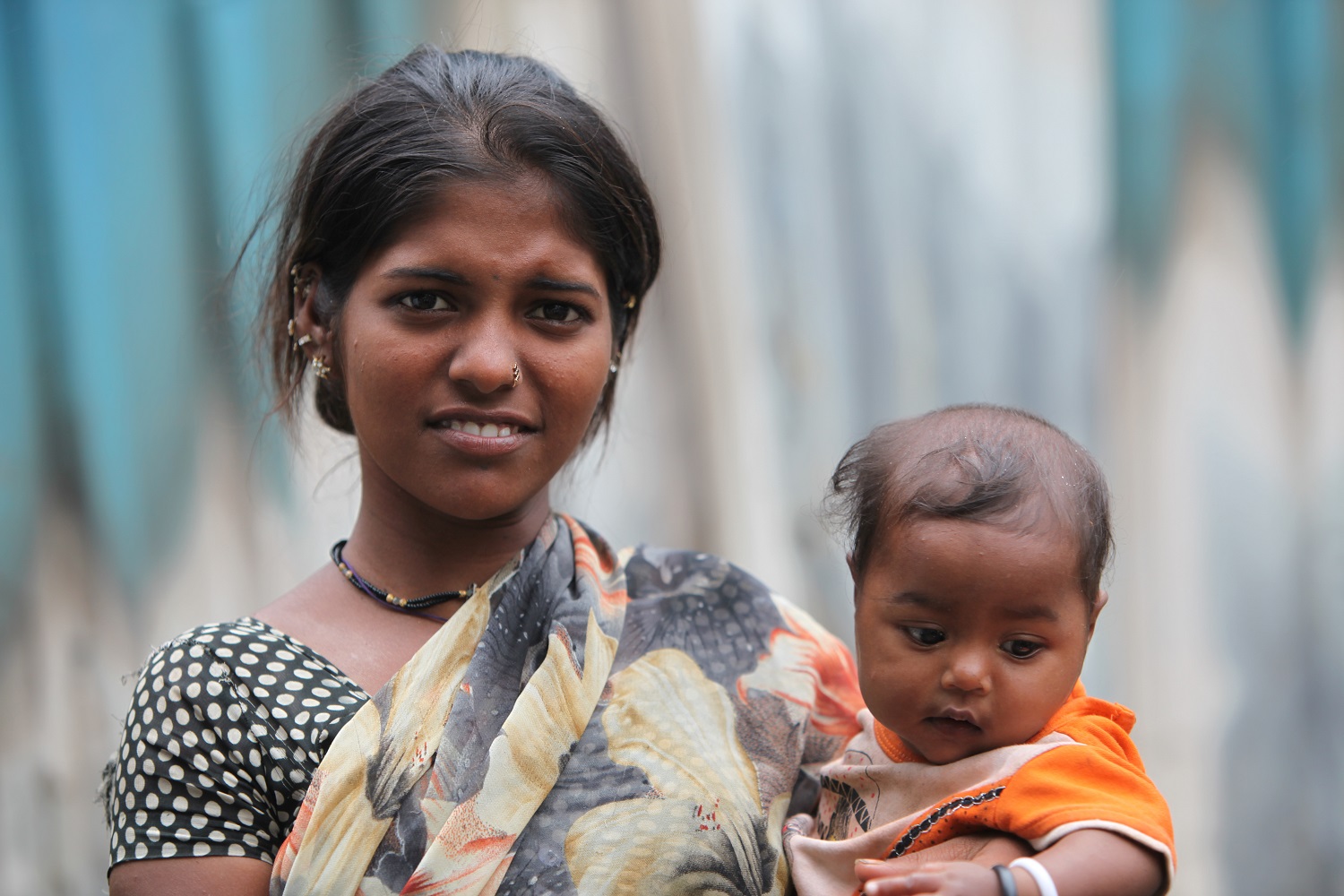Recommended

Blog Post
April is the cruelest month, wrote T.S. Eliot in his poem “The Waste Land”, published in 1922, not long after the 1918 influenza pandemic and World War I. More than a hundred years later, so too is the world coming to grips with the aftershocks of COVID-19, alongside the polycrisis of inflation, debt, food insecurity, climate change, and so on.
Last week in DC was busy with the World Bank and IMF spring meetings, the Consortium of Universities in Global Health (CUGH) 2023 Annual Conference, and other events including the first UN-hosted Asia-Pacific Civil Registration & Vital Statistics (CRVS) Research Forum. Amidst a flurry of events on global development, we curate a few summaries and share what we liked, what we learned, or what we noticed. This blog gives a slice-in-time snapshot of this ever-changing global health land.
Don’t bury pandemics
CGD was fortunate to host several high-profile visits including by World Bank presidential candidate Ajay Banga, IDB president Ilan Goldfajn, as well as Indonesia’s minister of finance and AIIB president Liqun Jin, among many others. Yet amidst a busy week with ministries of finance visiting DC, there was a notable lack of concern on pandemics. Even after the waste land wrought by the pandemic, policymakers seem to have buried the pandemic in order to address urgent priorities that have arisen.
CGD hosted an event “The Other Global Challenge: Pandemic Risks and the World Bank Roadmap”, featuring a keynote by senior minister in Singapore Tharman Shanmugaratnam (see Table 1). The neglect of public health, pandemic preparedness, and global health security was clear. Eric Meyer of the US Department of Treasury emphasized the need for funding to be additive rather than substitutive, and called for the global health community to break down siloes built by diseases and bring partners together in the health sector.
Table 1. Shifts for multilateral development banks (MDBs) to effectively respond to global development challenges: summary of keynote messages from Tharman Shanmugaratnam
|
During a separate reception hosted by the Pandemic Fund and Pandemic Action Network, Ngozi Okonjo-Iweala, director-general of the World Trade Organization and distinguished non-resident fellow at CGD, remarked on the pitiful amount of $1.6 billion committed to the Pandemic Fund, compared to the trillions of economic losses wrought by the pandemic.
Meanwhile, and in parallel conversations across the Atlantic, the discussions of the Intergovernmental Negotiating Body of the International Pandemic Treaty continue in Geneva, with its usual disjointedness—from questions of financing and who will pay for what the treaty demands and requires.
Marrying dichotomies together: doing and learning, vertical and horizontal
During the CUGH annual conference, one of us (Fan) was fortunate to participate in two panels, both on pandemics. The first panel was organized by the World Bank’s Independent Evaluation Group, featuring its important evaluation report of health and social response projects during COVID-19. Other global health agencies can follow suit from the Bank and learn from their experiences through formal evaluation mechanisms as well as formal commissions. As ever, the global health community needs to marry the lessons that it has learned with policy implementation and action.
During the second panel on “Funding Prevention, Preparedness and Response to Future Pandemics”, organized by Jorge Saavedra and moderated by Stefano Bertozzi of UC Berkeley, we had a wide-ranging discussion on the lack of support for pandemics and what needs to happen to be prepared for the next one.
We wrestled publicly (respectfully, but disagreeably) with some of the issues discussed in a recent blog “Is the New Pandemic Fund Where Vertical Can Finally Meet Horizontal? Namely, which global health agency is best placed to do pandemic preparedness and which kinds of organizations in countries are better? The dichotomies and roles of the government and community came to the fore, with reasonable people having reasonable disagreements. Governments and communities have roles to play for preparedness and response. Some do roles better and more nimbly than others (e.g., communities), and some have essential roles even if they do their roles badly (e.g., government).
No easy answers or silver bullets, but we agreed that the role of the Pandemic Fund is crucial to advance the world’s progress against future pandemics.
Burning the flame and future of PEPFAR
UNAIDS and PEPFAR jointly hosted a side event “A triple dividend: The health, social and economic gains from financing the HIV response in Africa”, launching its new report by Economist Impact to think through the long-term sustainable responses to HIV with African ministries of finance, and with a clear horizon for an exit strategy of official development assistance. Here’s an excerpt from the executive summary:
Urgent and collaborative action is needed to re-prioritise financing towards the HIV response, and health more broadly, on the global health and development agenda. Without this commitment and decisive action, the response to HIV will continue to lag, threatening to widen pre-existing health and socio-economic inequalities— young women, children and other vulnerable populations will pay the highest price.
The report emphasized the expected impacts of investing in HIV outside of the health sector. At last, the global health community has come to realize that investments in health require buy-in from ministries of finance.
Donald Kaberuka argued that given the uncertainty in official development assistance, the time to increase domestic financing for health is now. Winnie Byanyima argued that the entire global financing system needs to be restructured, citing that debt payments exceed that of health (as noted in this blog). John Nkengasong argued that a sustainable AIDS response must address three dimensions: political, financial, and programmatic.
As PEPFAR celebrates its 20th anniversary and reflects on the next 20 years, much can be lauded about its creation and significance. Yet there remains much that needs to be done to rigorously demonstrate the impacts of HIV in and out of the health sector (see past commentary by CGD and CGD’s More Health for the Money report).
Counting people
The last event to highlight is about counting people. The Asia-Pacific CRVS Research Forum was the first such meeting organized by the UN on civil registration and vital statistics. CRVS is a label that desperately needs rebranding and marketing. CRVS is about the systems and organizations who count people who are born and who die. It’s the original public health activity, throwback to the year 1606 when the field of demography to count the living and the dead started.
The Forum reinforced the message of how CRVS is absolutely essential for not only informing the impact of risks such as pandemics, but also for the delivery of essential social and health services. You can check out more of its resources on its fantastic public website which has all of the forum sessions posted on YouTube.
Notably, implementing CRVS is all nuts and bolts, getting down to getting things done. It’s about institutions, organizations, and communities that do the hard work of implementation. Without (the hard work of) implementation, the global community resorts to (the easy work of) modeling from afar (as commented here on maternal and child health data).
Remarkably, the costs of investing in such data systems remains a big question mark. One of us (Fan) tried to find better studies than this 2003 study (also 20 years old!) on the costs of health information systems in Tanzania. The report found "US$0.53 is spent per year per person on information systems capable of generating poverty, health, and survival indicators." We would argue that the CRVS community needs to really examine how much investing in data systems will cost. Budgeting and costing for data systems are important activities of implementation, too.
This post is not intended to be a regular round-up, like CGD’s Economics and Marginalia blog by Ranil Dissanayake or the new Global Health Economist substack newsletter by CGD non-resident fellow Adrian Georghe.
With thanks to Amanda Glassman and Eleni Smitham for helpful comments.
Disclaimer
CGD blog posts reflect the views of the authors, drawing on prior research and experience in their areas of expertise. CGD is a nonpartisan, independent organization and does not take institutional positions.







